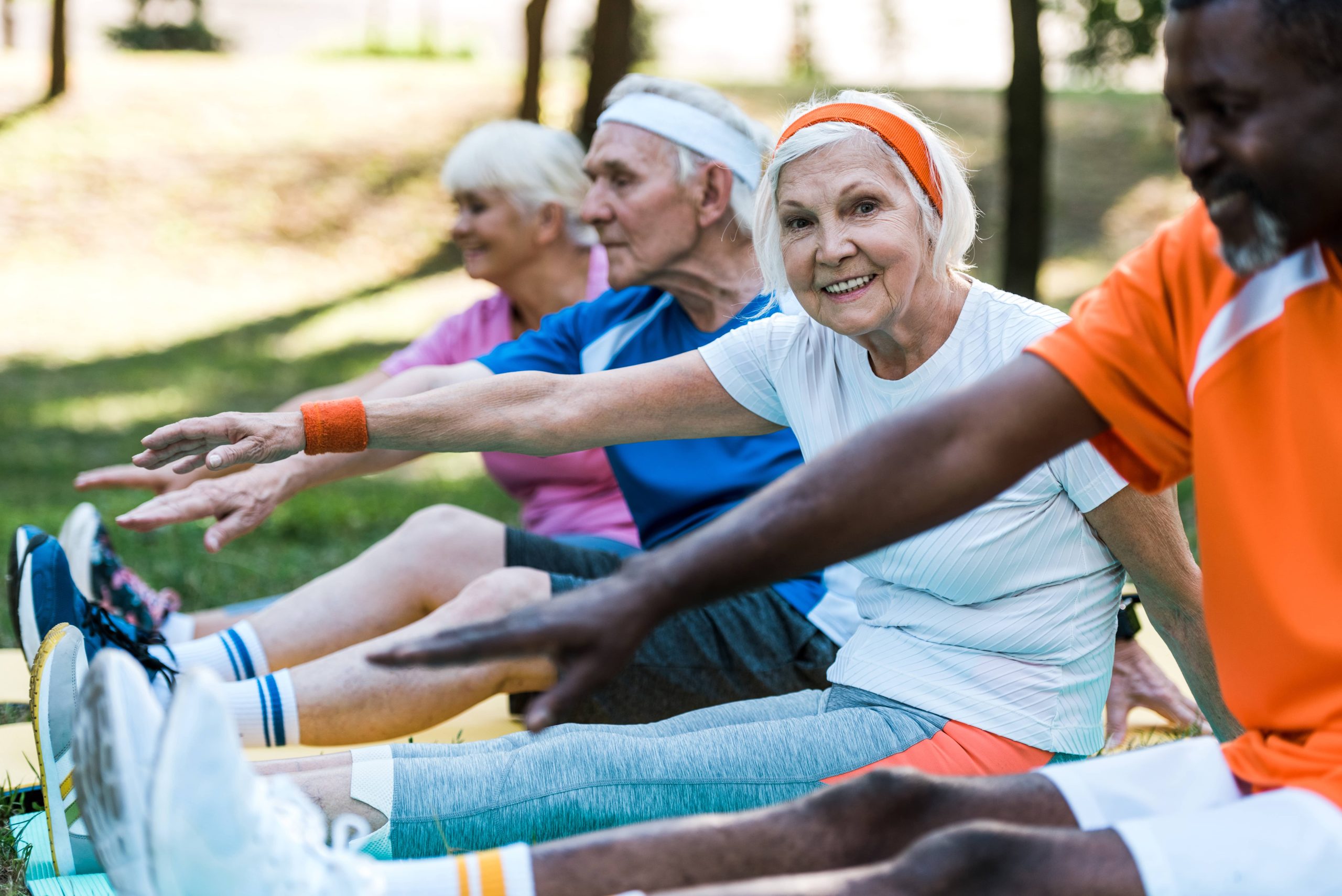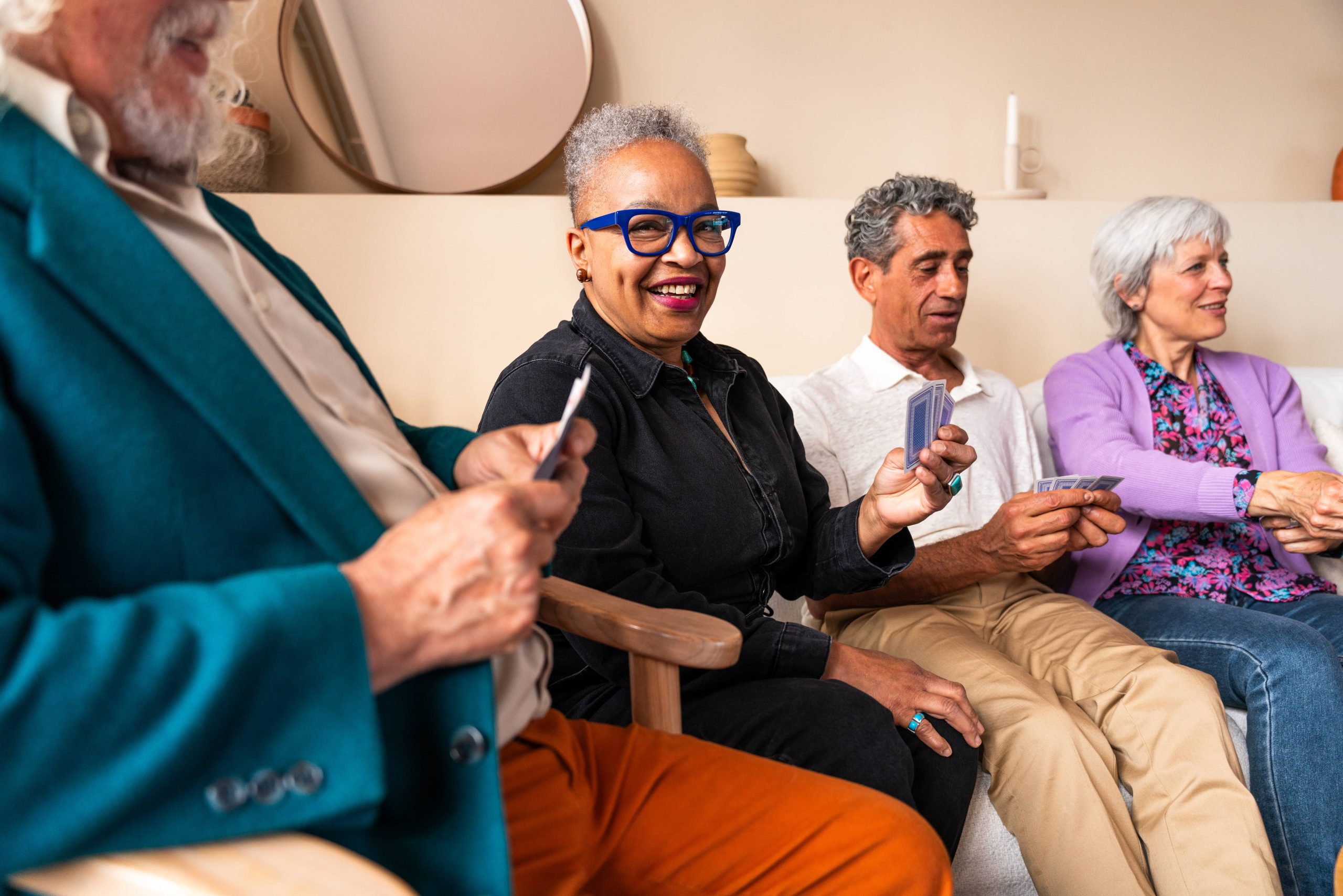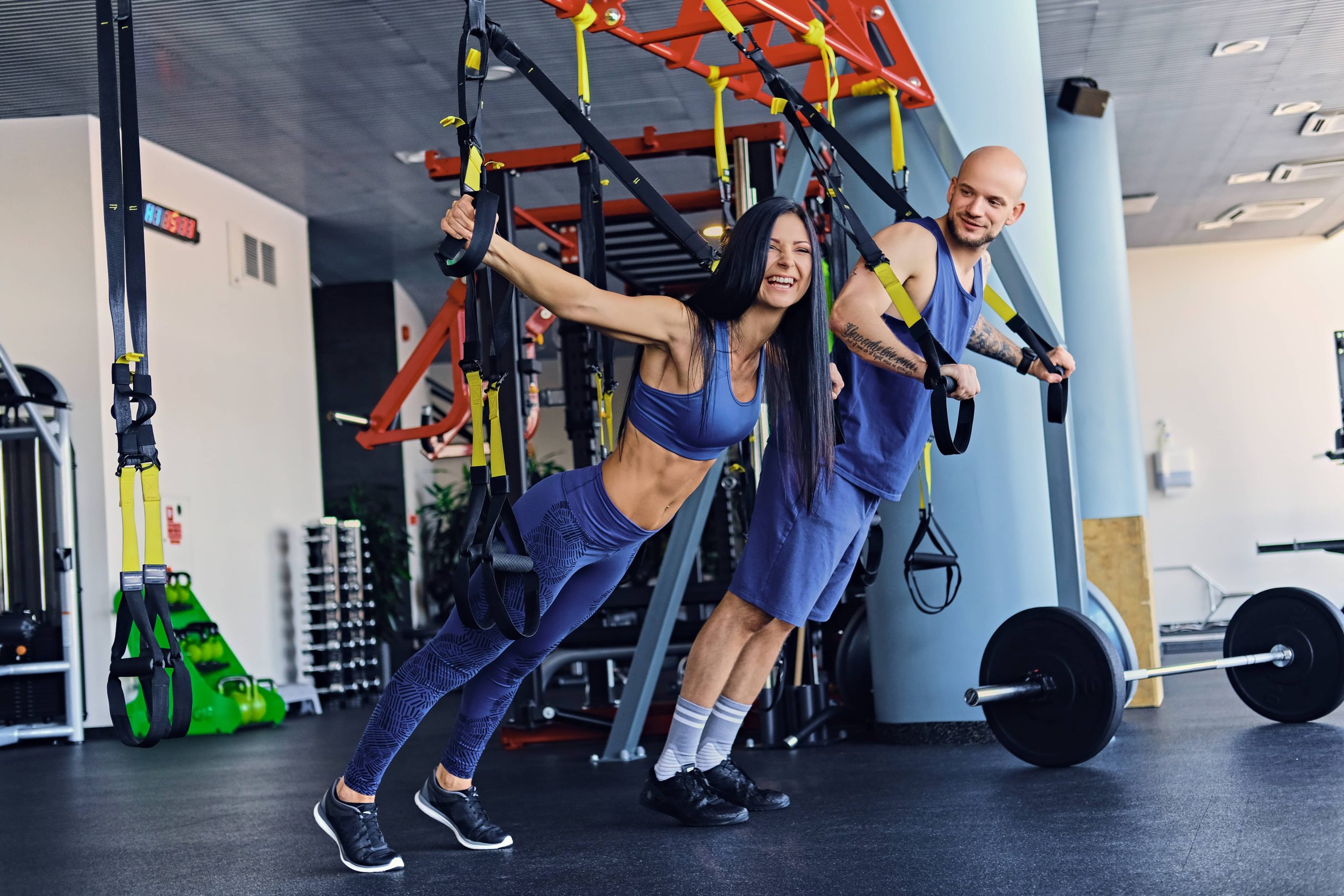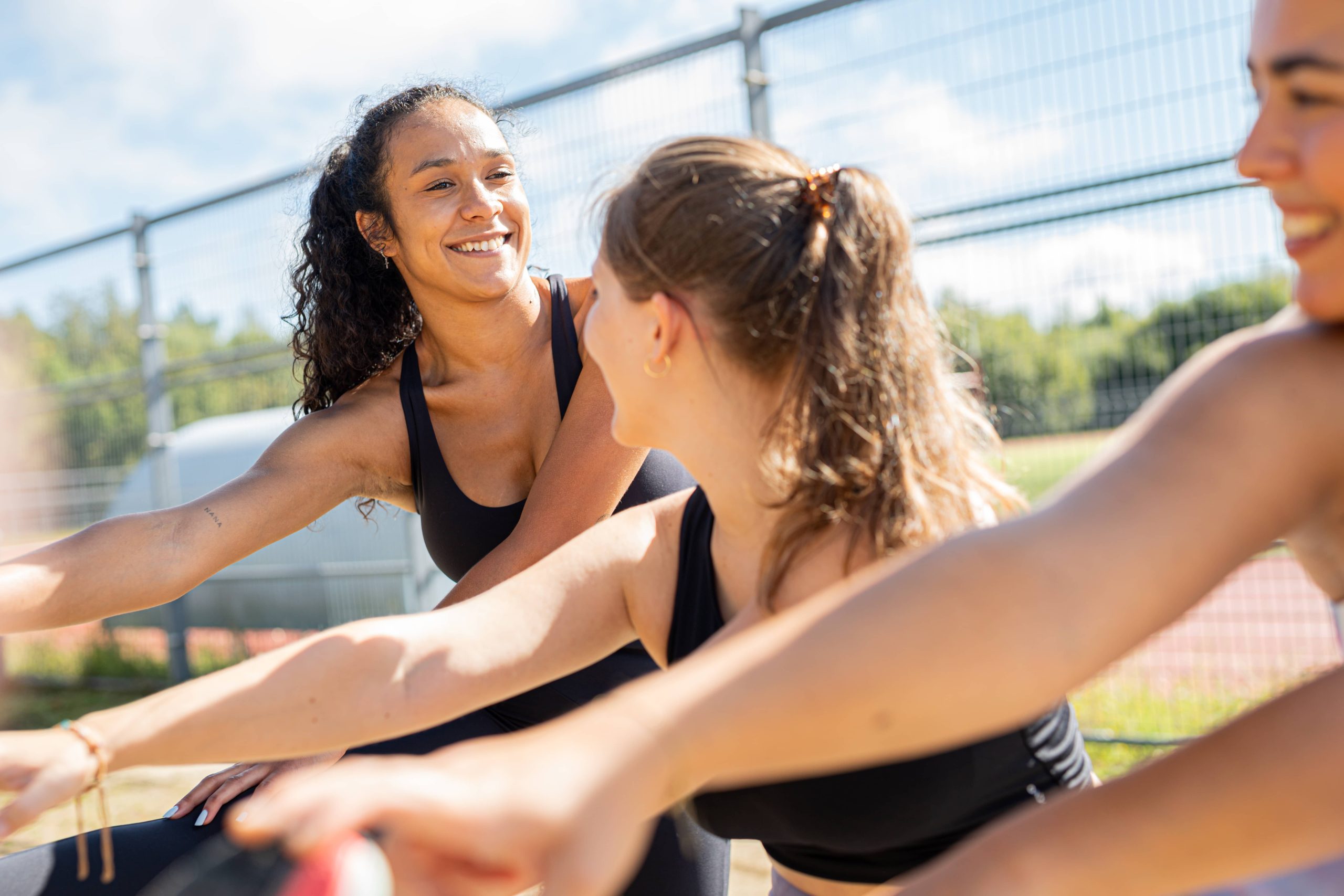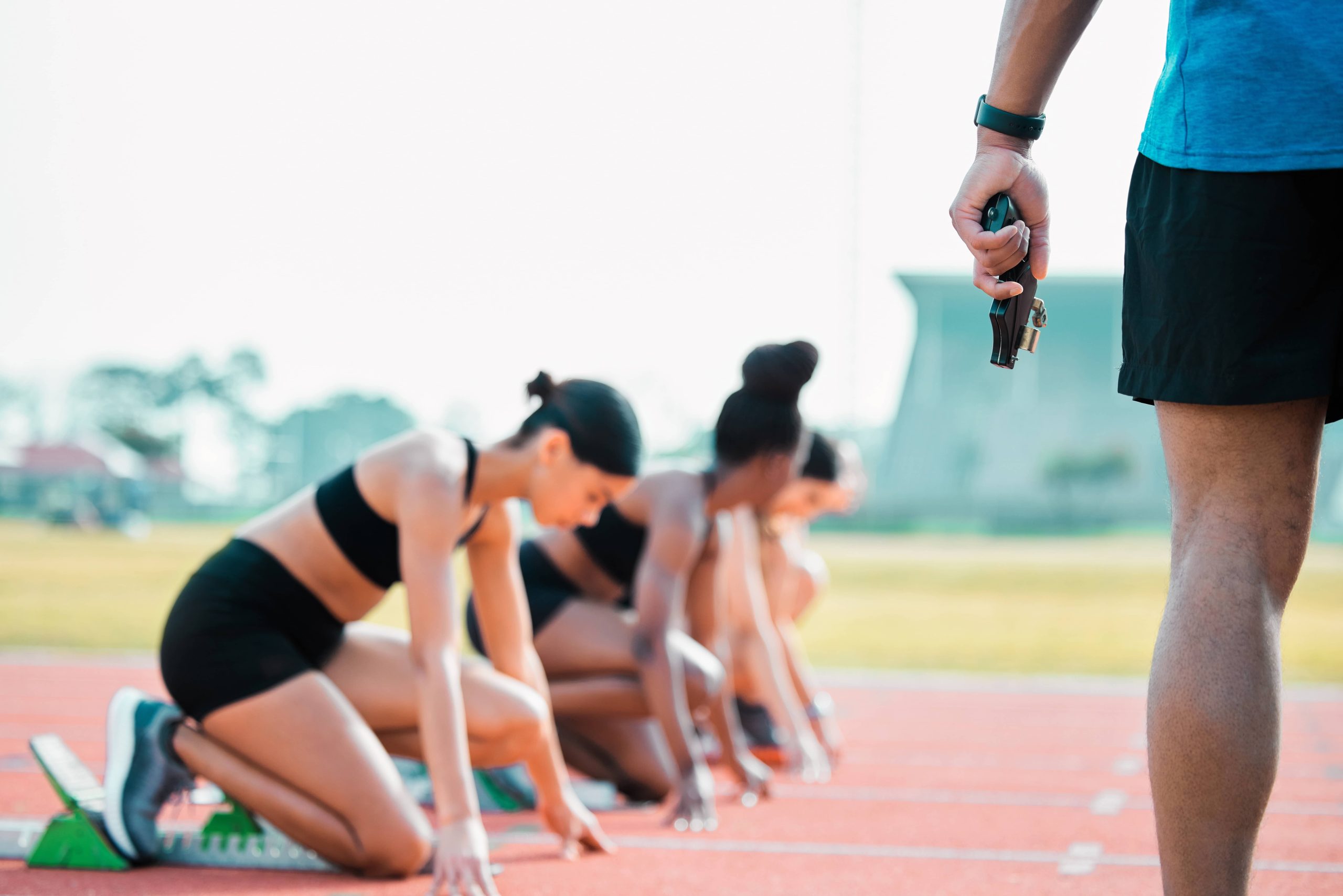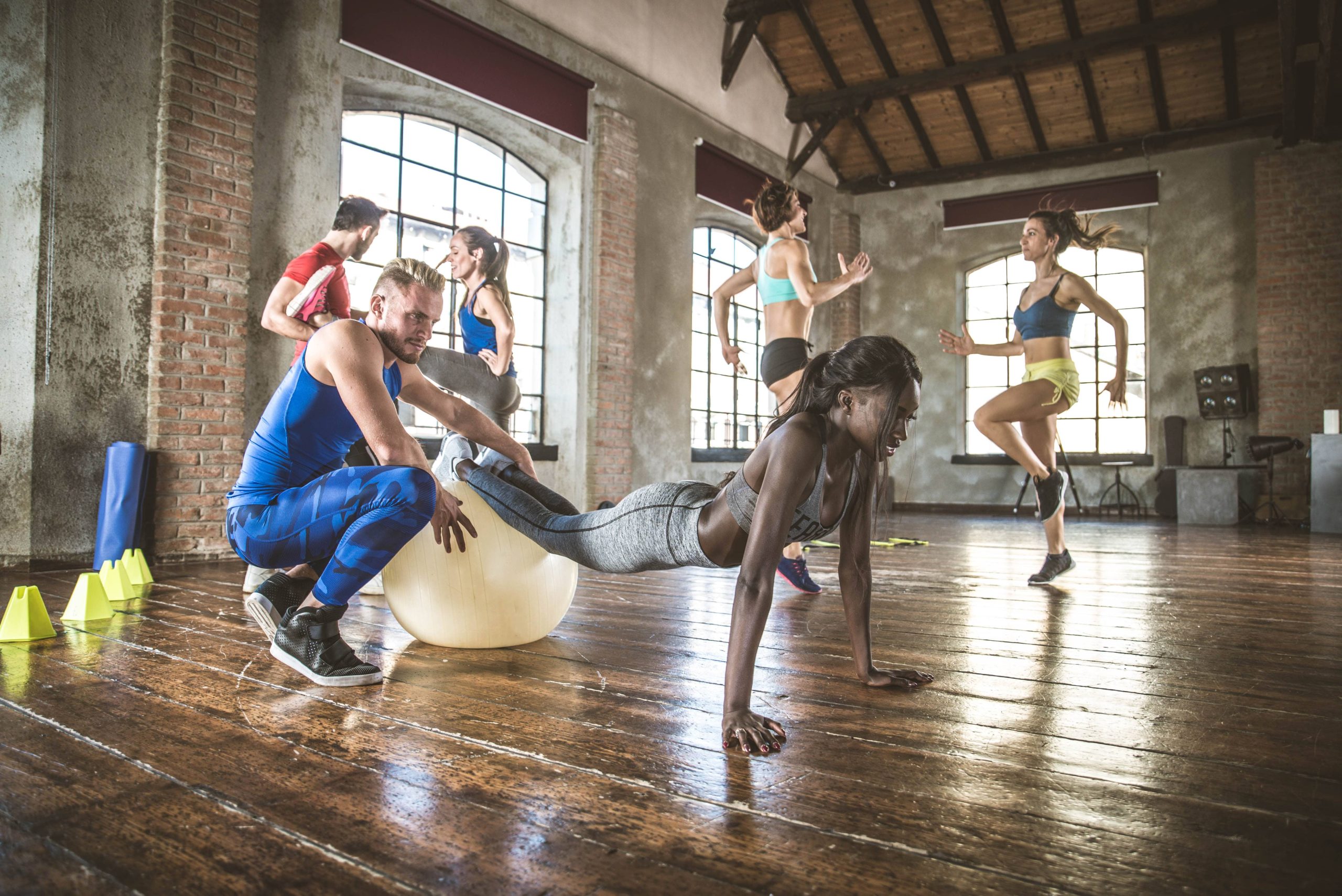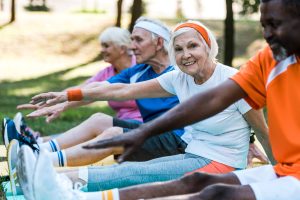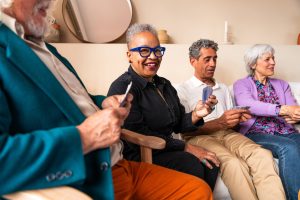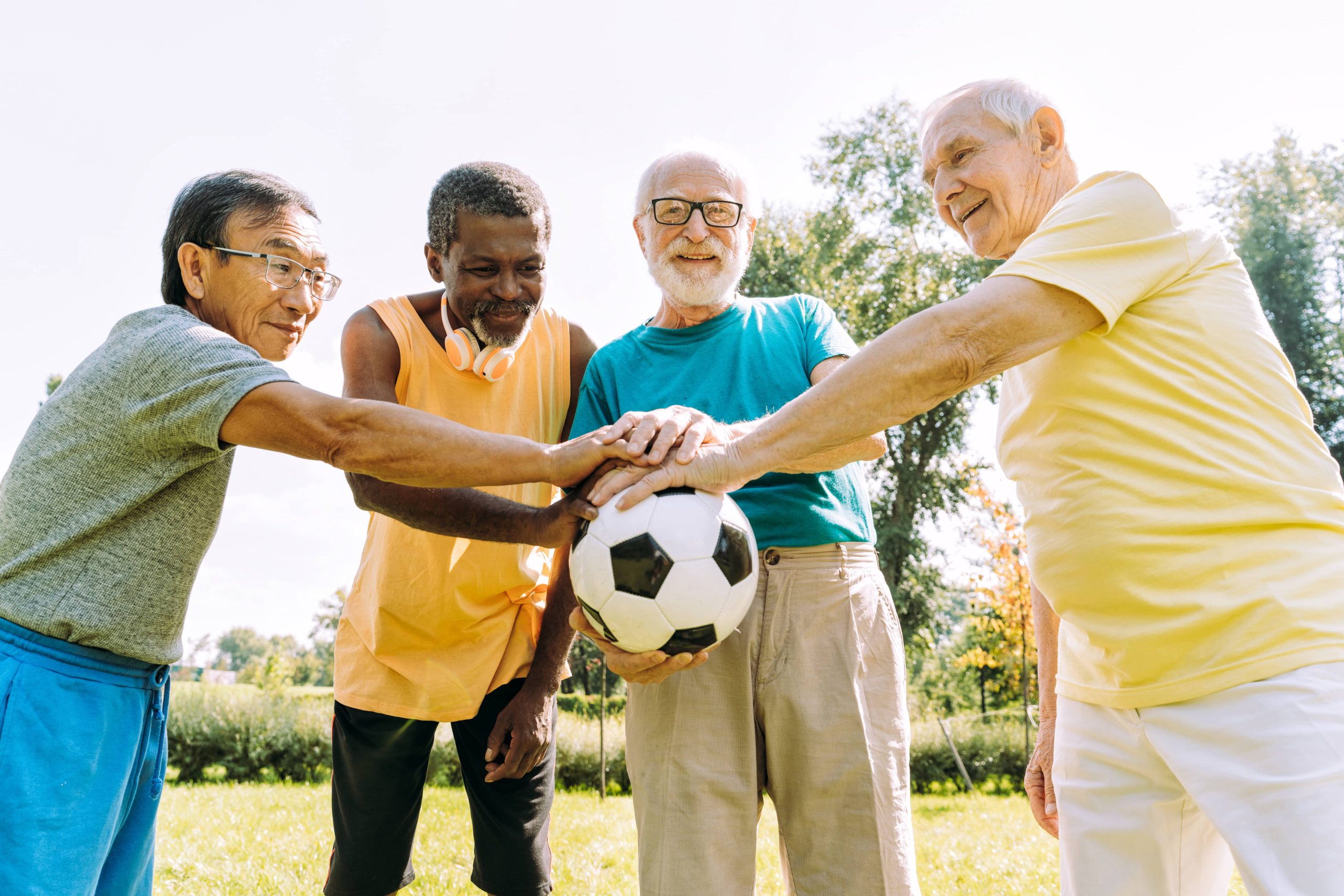
As we age, maintaining an active lifestyle becomes increasingly important for enhancing quality of life, supporting physical and mental well-being, and promoting longevity. The term “active aging” captures the essence of living fully and vibrantly in our later years, emphasizing the significance of physical activity, mental health, and social engagement. This article explores the critical elements of training that cater specifically to older adults, ensuring safety, effectiveness, and enjoyment.
The Importance of Training in Later Life
Before examining the specifics of training, it is essential to understand why physical activity is crucial for older adults:
1. Maintaining Independence: Regular exercise strengthens muscles and improves flexibility, balance, and endurance, which are essential for performing daily tasks and maintaining independence.
2. Enhancing Mental Health: Physical activity stimulates the release of endorphins, which help alleviate depression and anxiety, common challenges as we age.
3. Preventing Chronic Diseases: Regular training can significantly reduce the risk of chronic diseases such as cardiovascular disorders, type 2 diabetes, osteoporosis, and arthritis.
4. Promoting Cognitive Health: Exercise is linked to improved brain function and a reduced risk of cognitive decline and diseases such as Alzheimer’s.
5. Improving Quality of Sleep: Active individuals often enjoy better sleep quality, which is essential for overall health and energy levels.
6. Fostering Social Connections: Group exercise classes or partner workouts provide opportunities for social interaction, an important component of emotional well-being.
Tailoring Training for Older Adults
Training programs for older adults should be tailored to address their unique physiological changes and health considerations. Here are several factors to consider:
1. Initial Assessment
Before starting any exercise program, it is essential to have a thorough health assessment. Consulting with healthcare professionals to identify any existing health concerns, limitations, or medications that could affect training is crucial. A fitness assessment can also help determine baseline levels of strength, flexibility, balance, and endurance.
2. Setting Realistic Goals
Establish achievable and specific goals tailored to the individual’s abilities and interests. Goals should be both short-term (e.g., taking a daily 10-minute walk) and long-term (e.g., participating in a 5K charity walk).
3. Incorporating a Variety of Exercises
A well-rounded fitness program for older adults should include the following components:
– Cardiovascular Exercises: Activities such as brisk walking, cycling, swimming, and dancing can improve heart health and increase stamina. Aim for at least 150 minutes of moderate-intensity aerobic activity per week, as recommended by health authorities.
– Strength Training: Strengthening muscles through resistance exercises (using body weight, resistance bands, or weights) helps prevent muscle loss, a common issue known as sarcopenia. Focus on major muscle groups with exercises like squats, lunges, push-ups, and seated leg lifts, performed 2-3 times a week.
– Flexibility Exercises: Stretching routines, yoga, or Pilates enhance joint flexibility and reduce the risk of injury. Stretch major muscle groups after workouts to maintain range of motion.
– Balance and Stability: Exercises like tai chi, yoga, and simple balance drills (standing on one leg, heel-to-toe walk) improve coordination and prevent falls.
4. Progression and Adaptation
Progress at a pace that suits the individual’s comfort level and ability. Gradually increase intensity, duration, and complexity based on observed progress and confidence. Adapt exercises to accommodate changing capacities, ensuring activities remain enjoyable and motivating.
5. Listening to the Body
Older adults should be encouraged to listen to their bodies and rest or modify activities as needed. Pain is not a normal part of exercise, and any discomfort should be addressed promptly, potentially with guidance from a healthcare provider or physical therapist.
6. Emphasizing Safety
Safety is paramount in training older adults. Focus on proper techniques and posture to avoid injuries. Ensure the exercise environment is hazard-free, with safe surfaces and access to water and shade during outdoor activities.
Creating a Supportive Environment
Beyond structured exercise, an active lifestyle includes day-to-day habits that promote movement and interaction:
– Incorporating Activity into Daily Life: Encourage taking the stairs instead of the elevator, gardening, or walking short distances for errands.
– Engaging in Group Activities: Joining community fitness classes, walking clubs, or dance classes adds a social element, making exercise more enjoyable and consistent.
– Embracing Technology: Fitness trackers, online workouts, and virtual classes support activity while offering flexibility and variety.
Addressing Barriers to Exercise
Despite the benefits, older adults may face barriers to maintaining an active lifestyle, such as:
– Lack of Motivation: Establishing a routine and finding exercises they enjoy can fuel motivation. Setting small, rewarding goals often helps in building enthusiasm.
– Health Concerns and Pain: Acknowledge and address these through personalized exercises and consult healthcare providers for pain management strategies.
– Limited Access to Facilities: Simple home-based workouts or outdoor activities, supported by community resources or online content, bypass the need for traditional gyms.
– Time Constraints: Encourage breaking activity into shorter sessions throughout the day, which are equally effective in improving health outcomes.
Success Stories and Testimonials
Hearing from peers who have successfully adopted an active lifestyle can inspire older adults to take the first step. Share stories of local community members or individuals around the world who have transformed their lives through regular training, emphasizing both achievements and the joy of the journey.
Conclusion
Active aging is a potent expression of vitality that transforms how we experience life as we grow older. Through carefully designed training programs that consider individual goals, abilities, and preferences, older adults can enjoy physical and mental health benefits, maintain independence, and relish life’s pleasures with vim and vigor. Encouraging the older population to embrace an active lifestyle equips them with the tools to not just age, but to age actively and gracefully.

